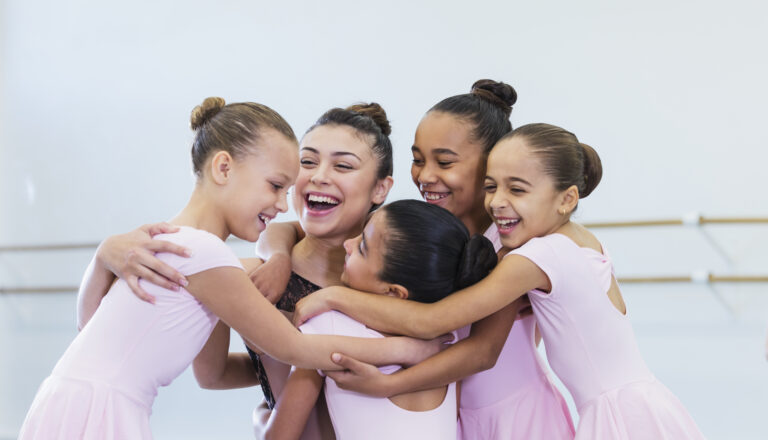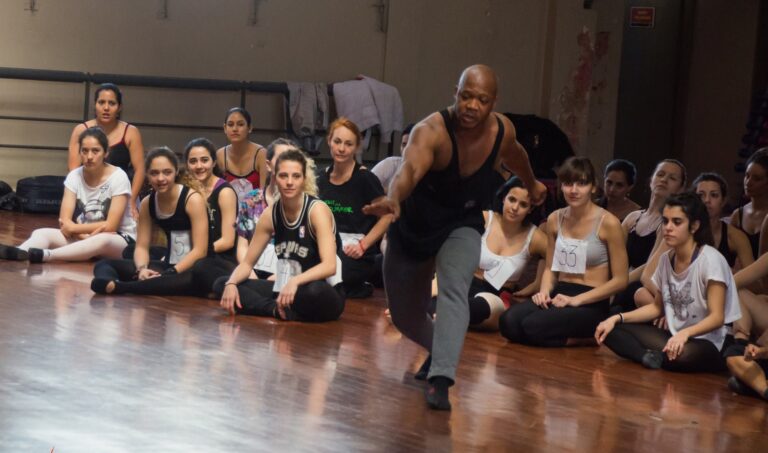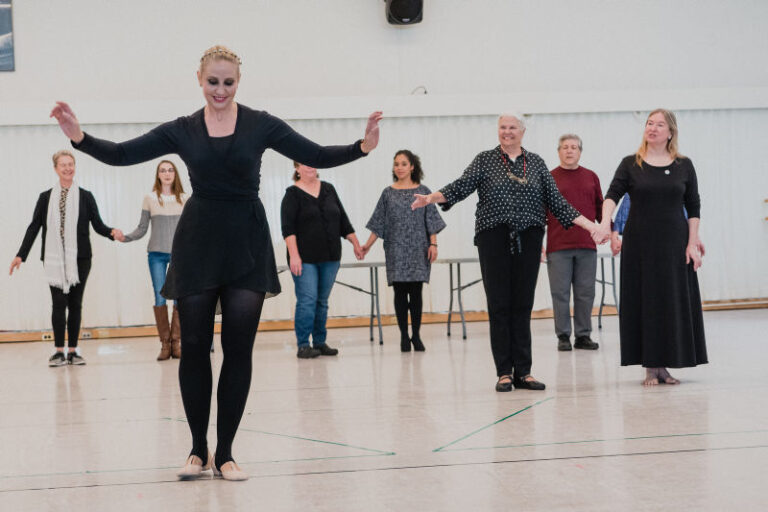No one has fleeter feet than Anthony Morigerato. The tapper holds the Guinness world record for most taps in a minute at 1,163. (Yes, that’s almost 20 per second.) When he’s not breaking records or teaching all levels of tap on tour with NUVO Dance Convention, Morigerato performs his signature nimble rhythm tap and choreographs at venues around the U.S. Before appearing at this year’s Summit, he gave DT a preview of his best teacher’s wisdom, including what’s missing from students’ artistry today, the secret to building speed and how, when it comes to correcting technique in tap, it’s all about knowing where to look.
Dance Teacher: What do today’s tappers need to work on most?
Anthony Morigerato: There’s a trend I see across the board, not just in tap, but in contemporary, hip hop, musical theater and jazz, too: Kids struggle with a lack of musicality and shading. Everything feels so technically driven. If it’s in tap, you see kids trying to jam a million sounds into it, but there’s no texture. If it’s contemporary, they’re doing 15 pirouettes, but they have no transitions. Everybody’s pushing the idea of technique, which is important, but if you have nothing to say through your music or artistry, it turns more into sport than art.
I think that’s something tap can help with. It’s great for improving musicality and dynamics. There’s the idea of vocalizing accents inside your head. If it’s hip hop, you strike accents in the music with maybe your shoulder or rib cage, rather than your foot. But an accent’s an accent. Highlighting music is highlighting music, in any dance form.
DT: What is the most common mistake teachers make when correcting tap dancers?
AM: When our students aren’t doing something right, we tend to look at the feet, because the feet carry the message when you’re tap dancing. If a sound is being missed, you look at the foot, wondering why it’s not making the sound. But 90 percent of the time it has nothing to do with the foot. It’s coming from somewhere higher up on the body. Either they’re not shifting weight in the rib cage out over one side of the body or they’re not pulling back in the hips and shifting the torso forward. These subtle shifts in weight and nuanced positions of the rest of the body are usually the reason a tap dancer articulates something or does not.
Oftentimes, kids take a lot of ballet, contemporary and jazz, and they’re being drilled to be in alignment on their supporting side with the hip over the knee and the knee over the foot. In tap, sometimes the alignment in the supporting leg can’t be straight up-and-down. It has to be pulled. There’s a lot of counterbalance involved.
DT: What’s the secret to your incredible speed?
AM: Speed is nothing more than working at it. But it’s not just throwing your legs and feet as fast as you can. It’s also about developing control over the speed. If we’re talking about the world record, I actually could have gone faster than I did, but if I go to an extreme, I start sacrificing making the sounds. For me it’s about intention. If you intend to make four sounds, you should make four sounds. It’s not OK to make three out of the four. So you keep practicing that step for 10 minutes a day until you can do a hundred in a row with precision and cleanliness and without missing a sound. Then you inch the speed up.
Both photos courtesy of NUVO




